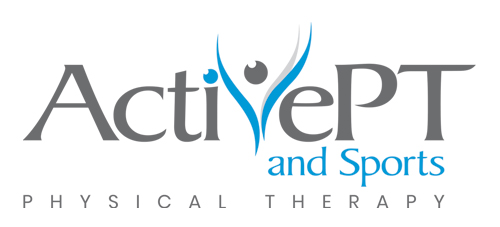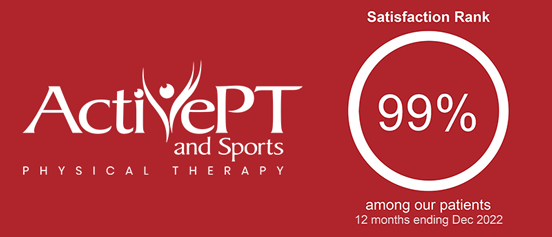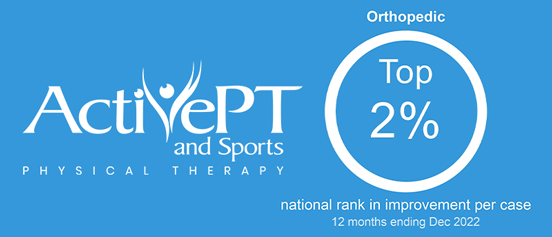When peak training season arrives, knee pain is a common complaint for runners. The sharp knee pain from an I.T. band problem can be debilitating and limit your ability to complete long runs. This type of pain often causes runners to change their running form and can even lead to other injuries as a result. If you have I.T. band-related knee pain, learn how to continue training safely as well as tips to help reduce the chances of it returning.
WHAT IS AN I.T. BAND?
Your iliotibial band, or I.T. band, is an incredibly strong piece of tissue that runs the length of your outer (lateral) upper leg. Starting just above your hip, the I.T. band begins as the tensor fascia latae (TFL) muscle and travels down along the side of your knee to attach just below your knee joint. Contrary to popular belief, the I.T. band is not a tissue that can be “stretched.” Instead, it’s an incredibly strong piece of tissue, not meant to stretch at all. During running, its job is to stabilize your pelvis and leg when you lift one foot off the ground.
At its terminal end, the I.T. band crosses the outside of the knee before attaching to the lower leg bone. During each running stride, the I.T. band moves back and forth across the outside of your knee. Friction and compression, especially with poor running form, can result in sharp pain on the outside of the knee. In our clinic, runners often report experiencing this knee pain when running downhill, when ramping up mileage quickly, during peak training mileage weeks or when climbing stairs. While I.T. band syndrome is most commonly reported as sharp knee pain in runners, it can also occur at the hip.
I.T. BAND PAIN IN PEAK RUNNING SEASON
Most commonly, I.T. band-related knee pain bothers runners during peak training season. Increases in training volume, intensity, and poor form resulting from fatigue can all be to blame. While I.T. band syndrome is very painful, it does not have to end your training. Consider changing to an every-other-day running schedule, reducing or eliminating hill workouts, and going easy on speed-work until your pain settles down. Focus on proper running form, keying into any excess side-to-side motion at the hips and knees. If you are unable to identify running form issues on your own, consider having a professional analyze your form.
On cross-training days, focus your strength training on exercises for the gluteus medius. This muscle is key to stabilizing your hips and pelvis while running. Unfortunately, strengthening a muscle is not the only solution. You also need to improve your ability to control that muscle during running. To improve the control of your hip and knee stabilizers, you must specifically work on how to control these muscles when your foot is on the ground. One simple drill is to swing your left foot forward and back (as if running) while focusing on your right hip, knee, and foot position. Keep your hip strong and stable, your knee pointed at your toes, and your foot from rolling inward (pronating). Repeat this drill for one minute, three times each day, until the awareness and control of your hip, knee, and foot improve while running.
WHEN TO SEEK HELP FOR I.T. BAND KNEE PAIN
While I.T. band syndrome is typically only a “pain” problem that many runners can train through, you should seek help and stop pushing if your pain causes you to limp or compensate while running or walking. Other injuries or problems may result from these compensation strategies. In the first three weeks, icing your knee (only until the first signs of numbness) can be beneficial. Foam rolling the muscles surrounding the I.T. band can also help reduce pain. However, if self-treatment has not yielded results or if your running form is starting to suffer, it’s time to call in the experts.
Our running team at ActivePT offers patients a variety of options to help reduce this type of knee pain. Often, myofascial release, deep tissue mobilization, cupping with movement, and dry needling can help reduce pain. We often combine treatment with analyzing your running form to ensure any issues are identified early and resolved. Last, we can help you with modifying your training program, if needed, and choosing the best cross-training exercises for your pain. Schedule a free 15-minute screening appointment to meet with a member of our running team. Remember, our goal is to keep you running!




